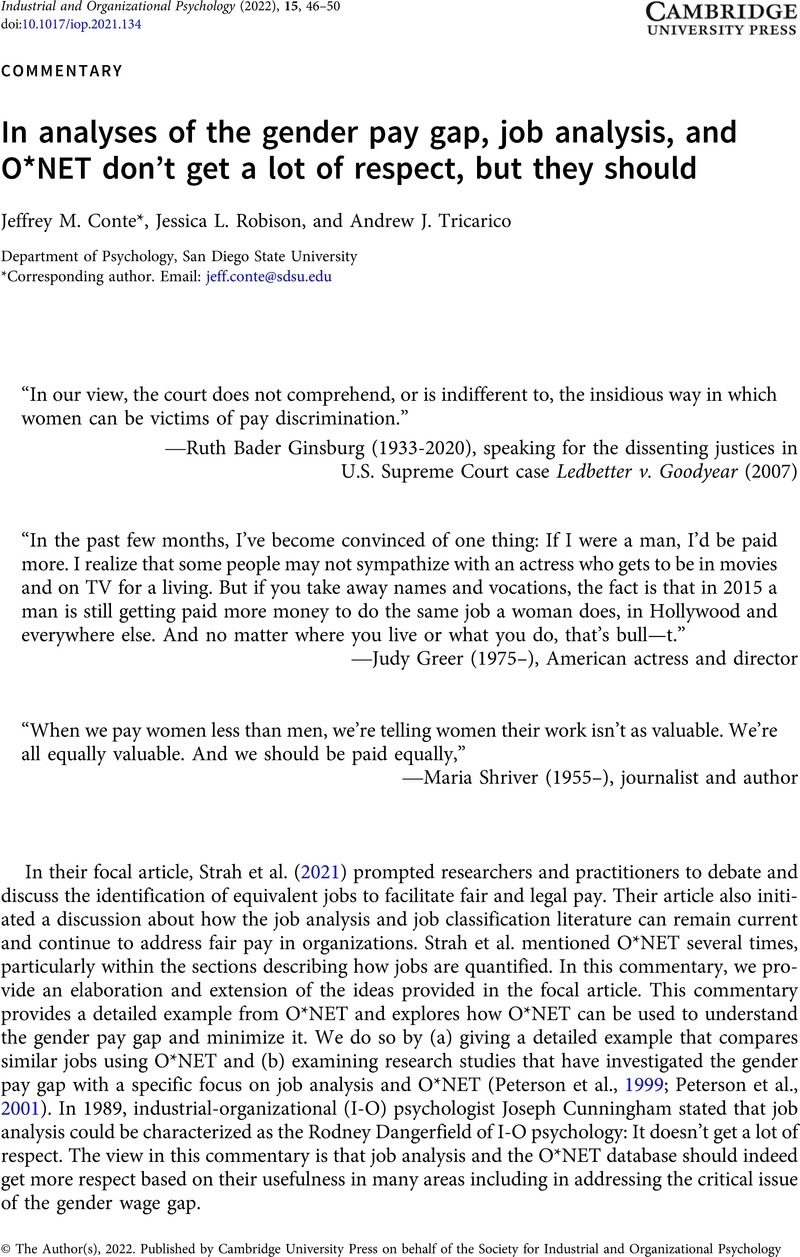Crossref Citations
This article has been cited by the following publications. This list is generated based on data provided by Crossref.
Schwartz, Shoshana
Cappelli, Peter
and
Yang, Yang
2025.
Gender Differences in Job Requirements: Change Within Careers and Across Cohorts.
Human Resource Management,
Vol. 64,
Issue. 2,
p.
331.



